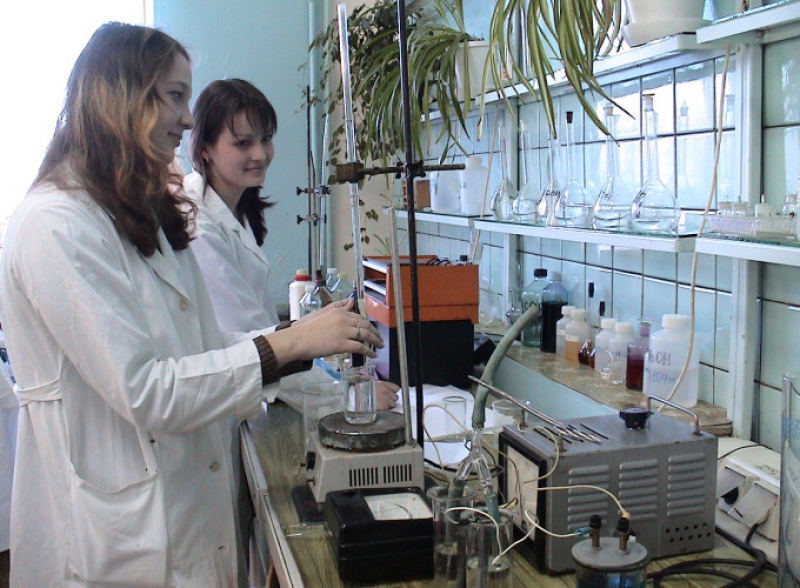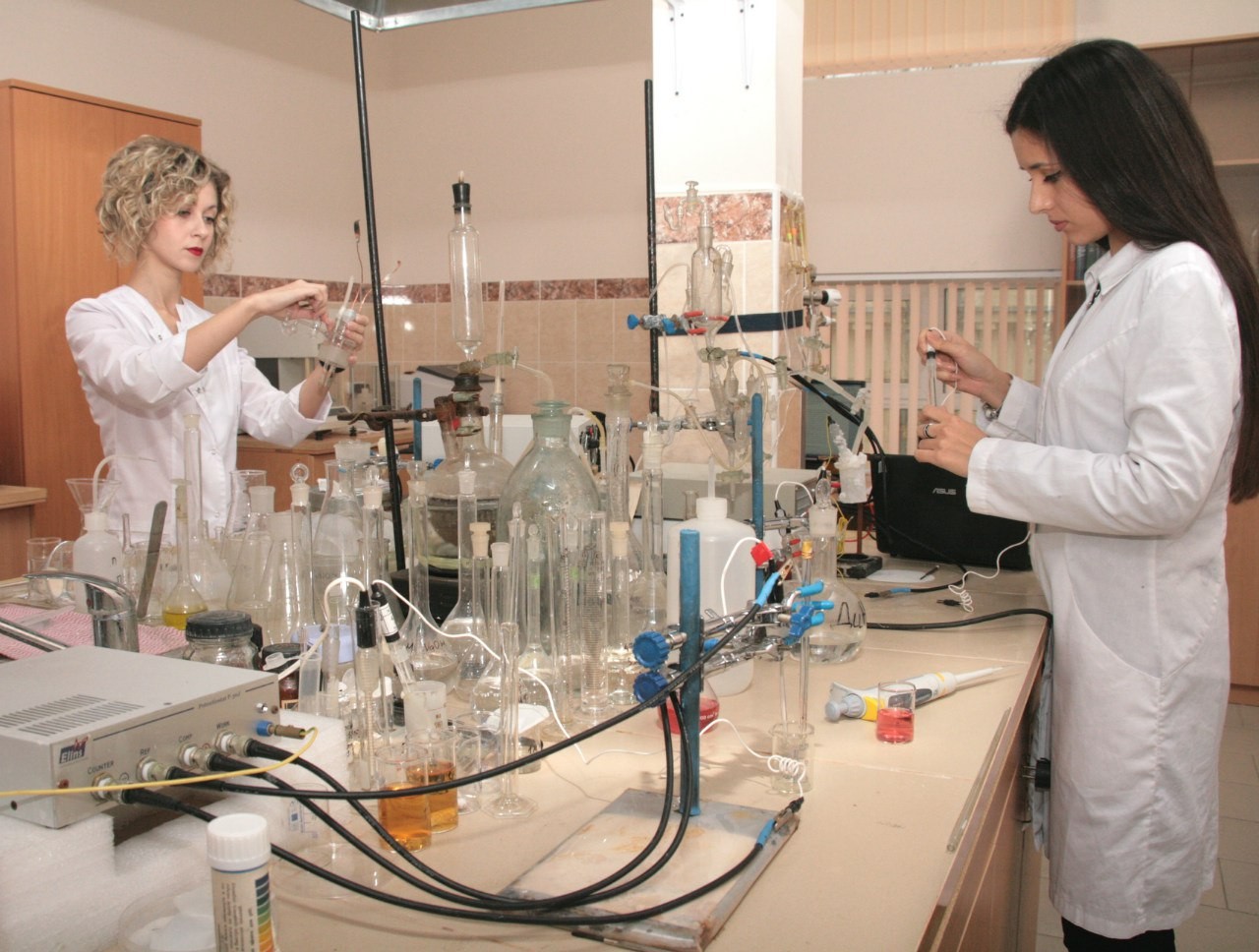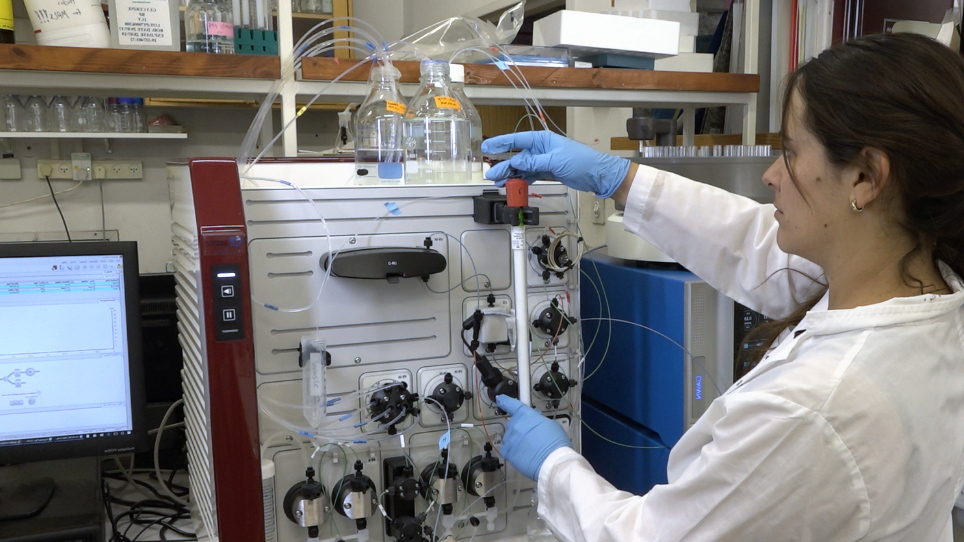Chromatography is called chromatography or chromatography. It is a physical and chemical analysis method that uses different distribution coefficients of components between two phases to separate. It is the most widely used and most effective in water environment detection. One of the methods is that the analysis and monitoring of most complex systems with mixed components are inseparable from chromatography. Especially when detecting chlorine ions in water in large quantities, compared with other detection methods, ion chromatography has the advantages of simple operation, short detection time, and high analytical accuracy. Therefore, water quality inspection personnel must be able to master the operation steps of ion chromatography.

Reagents used in ion chromatography
The water used for testing must be secondary deionized water with a conductivity of less than 0.5μS/cm and filtered through a 0.45μm microporous membrane.
1. Eluent
(1) Eluent storage solution: sodium carbonate (0.18mol/L), sodium bicarbonate (0.17mol/L);
(2) Liquid used for leaching: sodium carbonate (0.0018mol/L), sodium bicarbonate (0.0017mol/L);
2. Regenerating fluid
C (1/2H2SO4)=0.05mol/L
3. Chloride ion standard stock solution
C(Cl-)=1000.0mg/L
4. Adsorption resin: 50-100 mesh
5. Cation exchange resin: 100-200 mesh
6. Weak eluent
C(Na2B4O7)=0.005mol/L

Preservation method of chloride water samples
1. After water quality samples are collected, they should be filtered through a 0.45μm microporous membrane, and stored and cleaned in glass or polyethylene bottles.
2. The water quality samples should be tested as soon as possible after collection, and should be carried out below 4 degrees Celsius when they need to be stored, and the time should not exceed 48 hours. Avoid adding preservatives.
Steps for detecting soluble chloride by ion chromatography
Requirements for chromatography
(1) Concentration of eluent: sodium carbonate 0.0018mol/L sodium bicarbonate 0.0017mol/L.
(2) Regeneration fluid flow rate: Determined according to the eluent flow rate, so that the background conductance reaches the minimum.
(3) Conductivity detector: select the range according to the sample concentration.
(4) Injection volume: 25μl eluent flow rate: 1.0~2.0ml/min

Preparation of standard curve
Select the standard liquid according to the concentration of the water quality sample, prepare 5 concentration levels, determine the peak height or peak area, use the peak height or peak area as the ordinate, and the ion concentration (mg/L) as the abscissa, and use the least square method to calculate The regression equation of the standard curve, or draw the working curve.
Water quality sample determination
The water sample filtered by 0.45mm microporous membrane was injected into the ion chromatograph, qualitatively based on retention time, and quantified by peak area or peak height.



